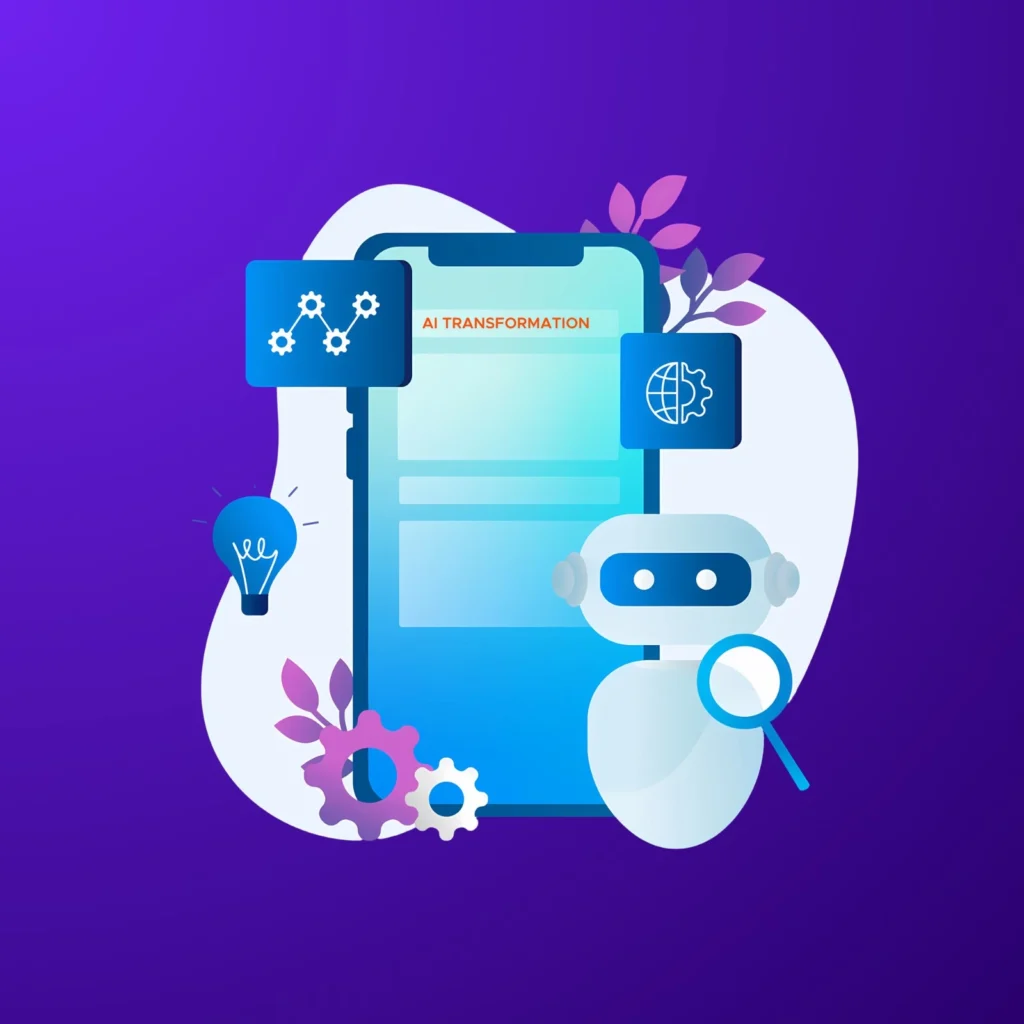As the retail industry evolves, so does the technology that powers it. Consumers today are already familiar with many common retail tech trends, but there are also brand new technologies on the horizon that are sure to change the way shoppers shop for their favorite products.
The future of retail won’t just be about how quickly you can buy a product, but what else the retailer is doing to provide an enjoyable shopping experience. Retailers have never been more incentivized to engage with customers in innovative ways, and they’re using the latest technology to do it.
Technology has changed the way that shoppers select, purchase, and receive their favorite products. From using cashier-less technology to quickly pay for items to experiencing new products virtually, customers are now more connected to retailers than ever before.
Let’s take a look at five of the most exciting retail technology trends to watch for in 2022.
Autonomous Deliveries
Imagine having your locally-sourced groceries delivered right to your doorstep, minutes after you place the order. Sounds great but a tad unrealistic? You might be surprised to learn that this is already a reality for some retailers.
The “last mile” is often the most expensive part of any delivery journey, but it’s also what consumers notice first when receiving their product. Amazon, for instance, is expected to roll out its drone delivery service this year, six years after its first autonomous drone delivery. Walmart, on the other hand, already has its delivery solution called Walmart GoLocal—with The Home Depot as its most high-profile client—that promises deliveries in two hours or less.
With autonomous deliveries, the “last mile” of delivery becomes much less expensive because there’s no driver needed. Retailers can save money by using drones and robots to deliver goods.
Other companies expected to fully launch their autonomous delivery services in 2022 include Udelv, Alphabet, and a tie-up between Segway and Coco.
Sustainable Packaging Solutions for Retail Companies
Consumers today are much more aware of the impact their purchases can have on the environment, and how sustainable packaging can help. Retailers can use a genuine approach toward sustainability to win over customers and increase brand loyalty.
Expect cheaper sustainable packaging solutions for retail companies in 2022, as well as an increase in sustainable materials used for store shelves, baskets, and bags. As more retailers make this change, customers will come to expect sustainable packaginga and companies that continue to use unsustainable materials will be forced to adapt.
Experiential Retailing
Retailers are starting to focus on creating an immersive customer experience, rather than just focusing on selling the product.
The lines between marketing, retailing, and storytelling are becoming blurred on purpose. Retailers are betting that using interactive technologies will help customers not only buy the product but also feel closer to it.
Using new technologies like Augmented Reality (AR) and Virtual Reality (VR) to view products can help retailers create a more memorable experience for customers. Shopping for clothes online can be a hassle, but with AR and VR, retailers can give customers a more realistic select-and-try experience by allowing them to virtually try on clothes.
A virtual store environment can also give customers a more realistic view of how products will look, feel, and fit before they buy. Brands like Walmart and Ikea have offered this kind of online shopping in the past, and we expect more companies to follow suit in the future.
Frictionless Payments
Retailers today understand that customers want a seamless shopping experience whether they’re looking through items in-store or browsing from home. One way of giving customers the ease and control they desire is by enabling frictionless payments.
Frictionless payments are expected to become standard in 2022 as more retailers upgrade their point of sale systems. For example, instead of having to swipe a credit card at checkout, customers will be able to use Apple Pay or other mobile wallet services that allow them to pay for items through their phone.
This not only keeps the control of the payment channel in the hands of customers but also gives retailers access to real-time data on customer spending behavior.
Social Commerce
Social media platforms are becoming more integrated into retail experiences, providing new opportunities for customer engagement and sales growth. Facebook’s Marketplace remains a juggernaut in the industry but Instagram is not far behind.
Instagram has made it clear that e-commerce will become one of four key areas it will be focusing on in the future—a key indicator of things to come for social media sites.
In 2022, it will become even easier to pull in customers from social media platforms. Reducing the barriers between a social media experience and a retail experience will encourage more customers to make purchases through Instagram, Pinterest, Snapchat, and other channels.
Retailers are using the latest technology to focus more on customer service and experiences rather than focusing solely on their bottom line. From using machine learning and cashier-less shopping to creating immersive, flexible spaces for customers to discover products, we can expect to see some exciting retail tech trends in 2022.



